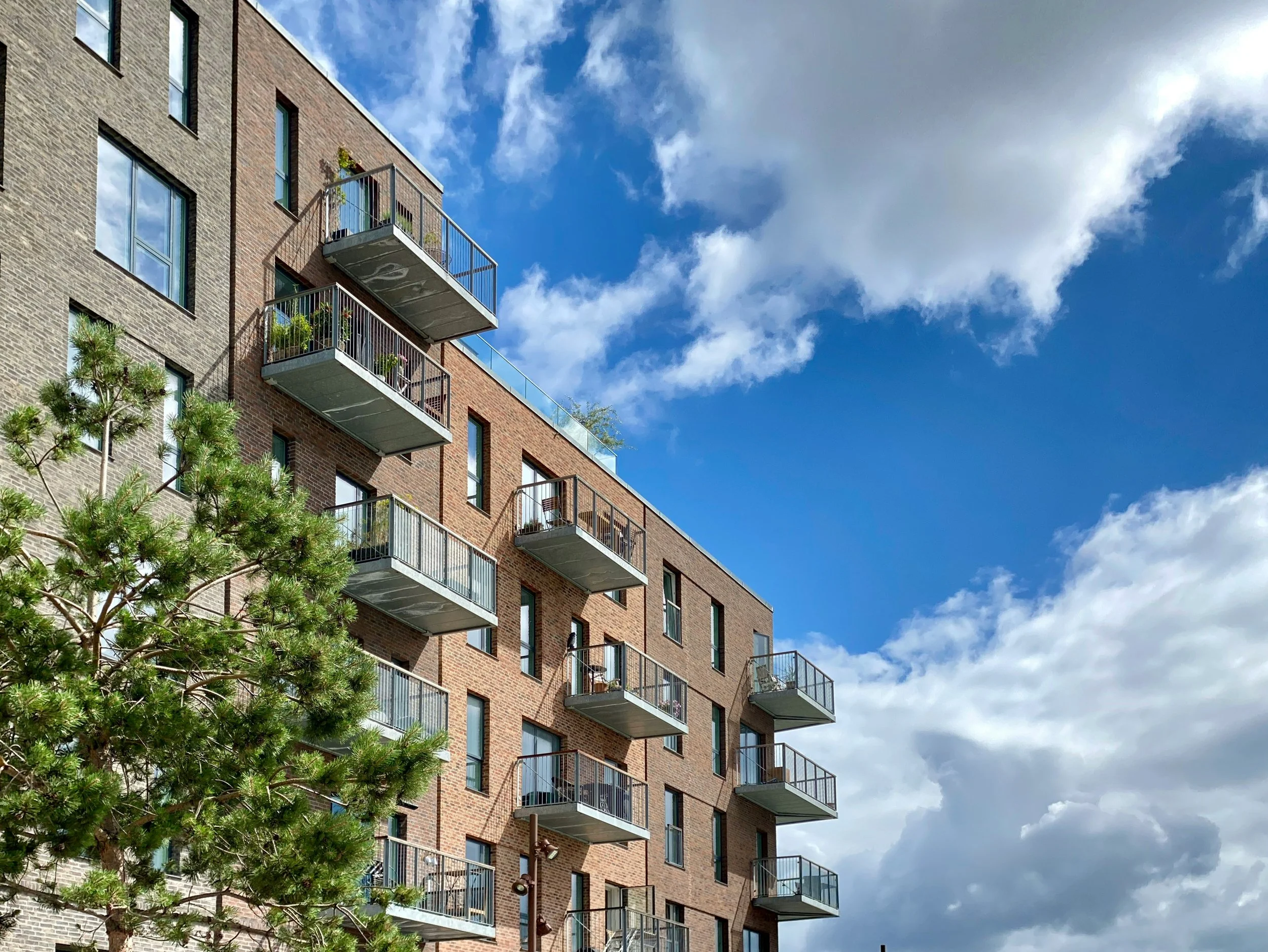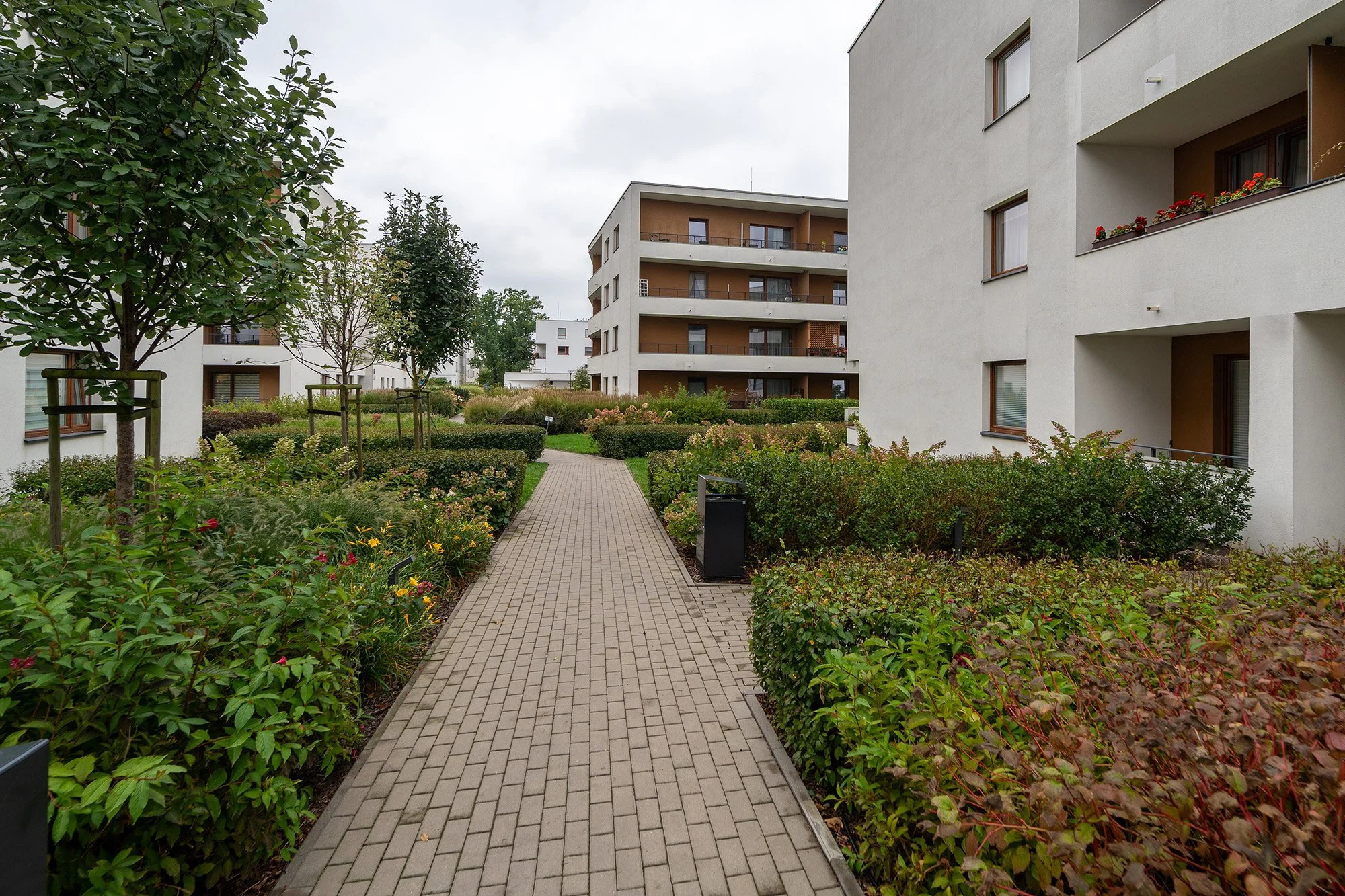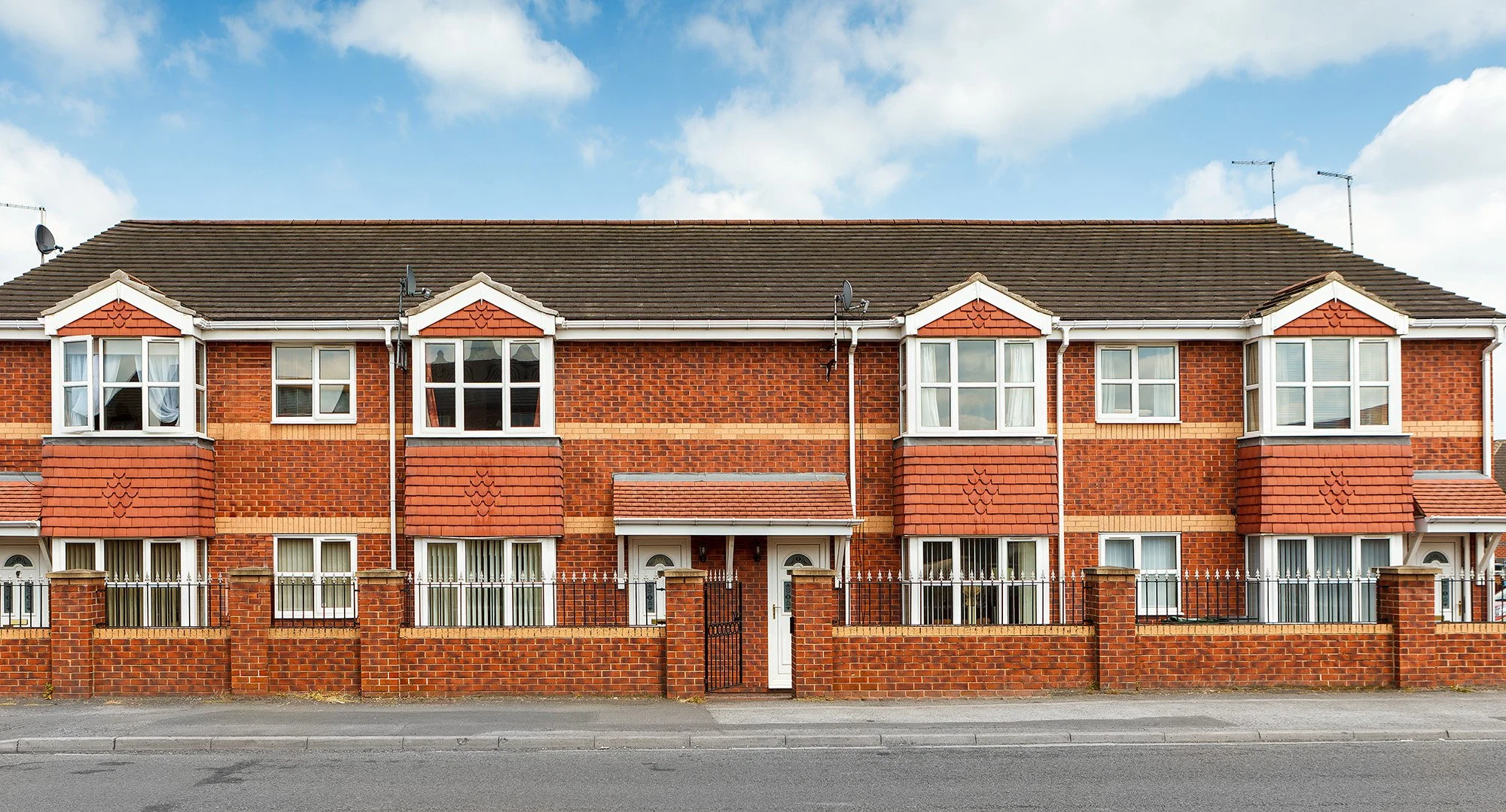Measuring Housing Delivery Success in People, Not Units
Why Specialist Housing Must be Part of the Plan
Housing delivery is often measured in units. Spreadsheets, targets, trajectories. But behind those numbers are people – all kinds of people – with very different lives and needs.
One of the National Planning Policy Framework’s (NPPF) core objectives is to:
“Support strong, vibrant and healthy communities, by ensuring that a sufficient number and range of homes… that reflect current and future needs and support communities’ health, social and cultural well-being.”
The emphasis is ours, but the message is clear: solving the housing crisis isn’t just about volume, it’s about variety. We must deliver the right homes for the real needs of all communities, and that will look different depending on where you are looking.
What does inclusive housing delivery actually look like?
It’s easy to focus on the glamourous end of the housing market: city-centre towers, the latest trends in co-living and so on.
But in reality, housing provision is diverse, and much of it is hidden. One of the most overlooked housing types is that of supported and specialist housing.
There are people leaving hospital with no safe place to go. Women fleeing domestic violence. Young people unable to stay in the family home. Adults with autism seeking a sense of community. Individuals recovering from addiction, or exiting prison, or rebuilding after rough sleeping.
Meeting these needs means thinking beyond standard house types. It means planning for:
Co-housing communities: such as intergenerational or autism-friendly schemes, designed with shared spaces and mutual support at their core.
Supported housing: for survivors of domestic abuse, people at risk of homelessness, adults with disabilities, the elderly and so on.
Foyer housing: safe accommodation with wraparound support for 16–25 year-olds.
Refugee resettlement schemes: often transitional, but vital for integration and recovery.
Projects like these don’t stop at providing a roof over one’s head but offer vital skills that open up opportunities to get on in life. Without these crucial projects, we’re failing to meet people’s needs, sending them back into crisis.
Why are these schemes so hard to deliver?
In policy terms, the case for specialised supported housing is strong. But in practice, it’s often more fraught.
We represent a number of altruistic and well-run organisations seeking to meet these vital needs in the community.
But even well-considered schemes face resistance.
The planning process can become a battleground. Misunderstandings and fears take hold. Across the country, we’ve seen applications refused, not because of the proposed design or management of the facility, but because of who the future residents might be.
It’s an ugly truth. Many can accept the principle of providing such services, but not when it is too close to home. NIMBYism is alive and well, and local politics can sink schemes.
What’s Manchester doing differently?
There’s no perfect solution, but Manchester is overtly taking a holistic approach to solving the problem.
Its Housing Strategy recognises the need to collaborate across health, social care and planning and regeneration services to understand and deliver the right solutions.
“There are powerful practical drivers for a greater level of integration between social housing providers and the health and social care system. In a Greater Manchester context, with devolution around health and social care already a reality, that could form the basis for a more strategic approach to the commissioning of new social housing, particularly an appropriate mix of supported housing.”
It’s not just talk, either. The city’s support for initiatives like Embassy Village shows how innovative thinking can lead to exciting outcomes.
Purpose-built not conversion
Located under railway arches at the edge of the city centre, this bespoke modular village will, once completed, provide housing for people moving on from homelessness. With on-site training, support and community space, the charity’s vision is to reintegrate people back into society, and break the cycle of homelessness.
Embassy’s concept and design is attention-grabbing. But its real success lies in the collaboration that has been built across the built environment and political landscape. The number of organisations donating their time and expertise to support the charity’s journey through from concept to on-site delivery is proof of concept.
The success of this purpose-built route gives us a glimpse of how we might overcome political obstacles that are all too common on conversion schemes.
Designing in, not tacking on
Another part of the answer might lie in a tenure-blind approach – building specialist housing into wider schemes from the outset.
The Ryebank project in Chorlton is a good example. The development has been designed to meet a huge range of housing needs. The scheme includes social rent, co-housing for adults with autistic needs and age-friendly housing, nestled in alongside properties for private sale.
By baking in diversity of tenure and use at the outset, specialist housing can avoid the kind of isolation and stigma that too often follow standalone proposals.
What else could be done?
Our blog on planning reform touched on the Planning and Infrastructure Bill’s proposals regarding a national scheme of delegation. And in this context, increasing the criteria of what can be delegated to planning officers to be determined can only be a good thing.
Not every application needs to go to committee. And if we want to stop valuable, well-managed schemes being derailed by political pressures, we need to revisit the rules on delegation. Specialist housing proposals that meet policy requirements, have clear community benefits and are backed by professionals should be determined on their planning merits, under delegated powers, and not overly swayed by local political pressures.
Why this matters
Supported and specialist housing isn’t flashy. It rarely makes the front page. But meeting housing needs means more than hitting numeric housing targets.
If we’re serious about Greater Manchester being a place where “everyone can live a good life, growing up, getting on and growing old in a greener, fairer more prosperous city region”, then these schemes need to be part of the plan. It’s something that Manchester is making great strides in.
Yes, such schemes can be more complex and require more collaboration. But the outcomes – lives rebuilt, cycles broken, futures secured – are worth every bit of the effort.
Because the housing crisis isn’t just about numbers. It’s about people. And people don’t come in one type.





